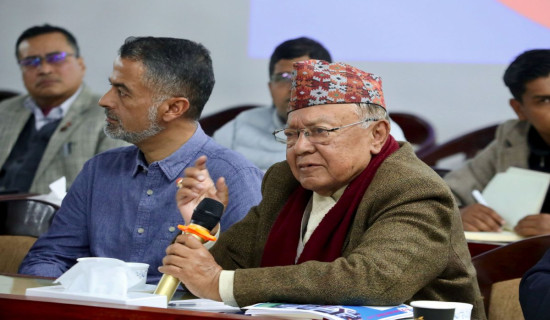- Monday, 22 December 2025
Oldest Helmet On Earth
V. Shpakovsky
The Persian and the Lydian and the Libyan were in your army, and they were your warriors, they hung a shield and a helmet on you - Book of the Prophet Ezekiel, 27:10.
Everyone knows about the golden mask of Pharaoh Tutankhamun, and how could one not know, because once it was exhibited even in Moscow. However, gold items belonging to ancient civilisations are found not only in Egypt, but also in the territory of Ancient Mesopotamia, where in 1927 the British archaeologist Leonard Woolley excavated a completely unique burial PG 755 (PG means “Private Grave”), and ancient robbers before him never got there.
Among the grave goods there was everything: alabaster, clay, copper and silver vessels, two daggers trimmed with gold, and in the coffin there was a lot of gold jewellery - bracelets, beads, amulets, crescent-shaped earrings and spiral rings made of gold wire.
But most importantly, there was a helmet of a completely unique shape, forged (not cast) from pure gold! It was made in the form of a fluffy hairstyle. At the same time, the relief stamped on it depicted curls of hair with individual hairs depicted in thin lines. At the back of the head, the hair was tied into a small bun, and a braided ribbon ran along its rim. Ears with holes were stamped on the sides of the helmet so that the owner of the helmet could hear God. According to Woolley, this helmet was the most beautiful artifact of ancient Sumer.
“So even if nothing more remained of Sumerian art, this helmet would be enough for his art to take pride of place among all other civilised peoples,” Leonard Woolley wrote about this discovery. Who was this man buried in such luxury some five thousand years ago? Inscriptions found among funerary objects suggest that the man's name was "Meskalamdug, Hero of the Blessed Country." But who was he really? Local king? Woolley himself believed that Meskalamdug was a prince of the royal family. And in the end, his opinion was confirmed.
Interestingly, there is another unique ancient Sumerian artefact - the so-called “standard of Ur”, where among the Sumerian warriors a Sumerian king is depicted wearing a simple military helmet. That is, not every king had such helmets.
Although stone sculptures of the heads of rulers, for example Sargon the Great, are known, wearing exactly the same helmets. That is, the attire of the “hero of the fertile country” was not something completely unique for those places and the culture of that time, but, nevertheless, it was of great value even then and was a real rarity.
Since the helmet was made entirely of metal, it was possible to remove a galvanized copy from it without any damage, which is now on display in the British Museum in London. But the Meskalamdug helmet itself... disappeared, and apparently forever - it was stolen by unknown people during the pogrom of the Baghdad Museum in April 2003. Although... there is such a fable floating around the Internet that this is a “conspiracy of historians.”
Who conspired with the American military to remove all the finds from the museum just to hide... the falsification they carried out! Well, some people obviously cannot be denied the ability to fantasize for the public’s needs!
-- Pravda.ru

















